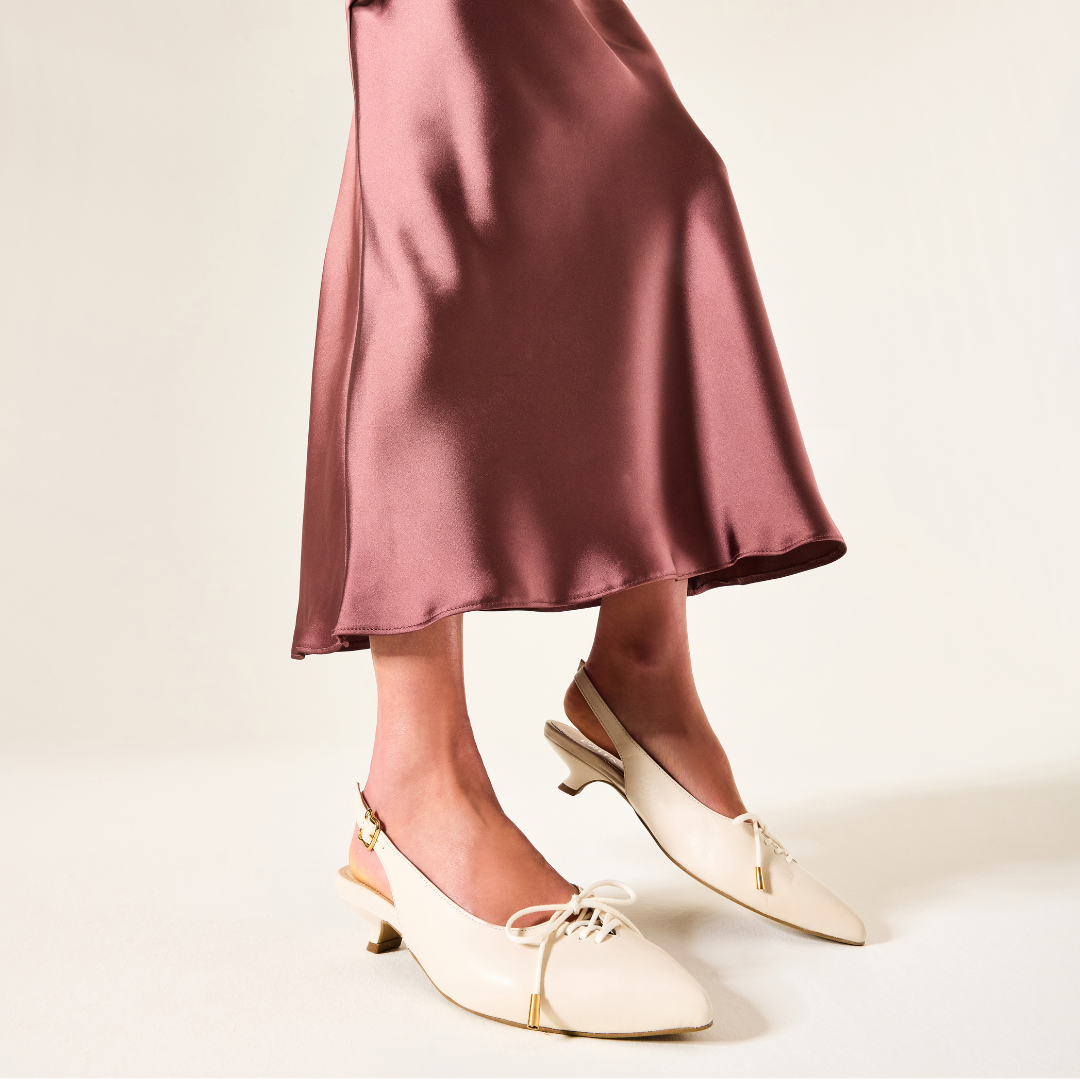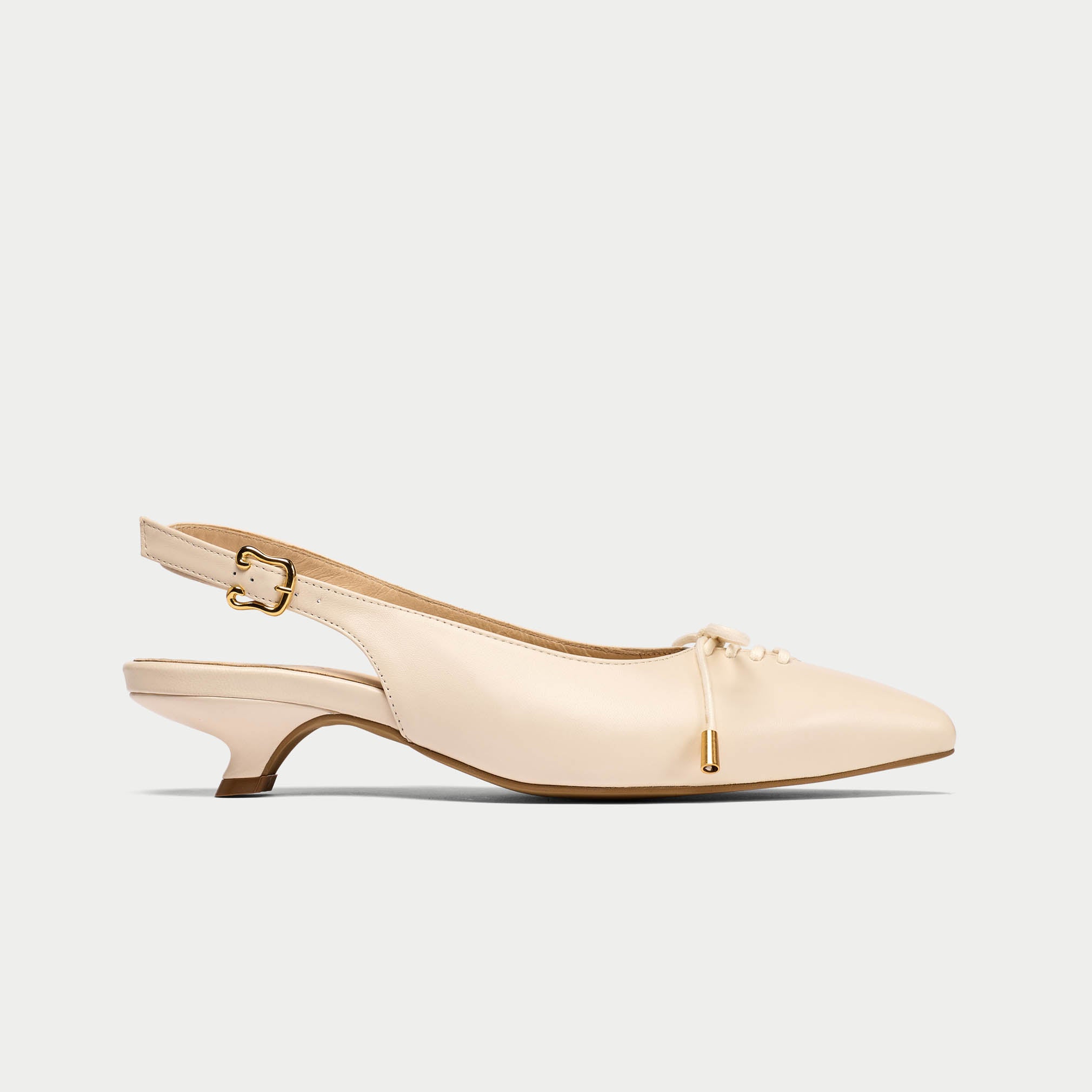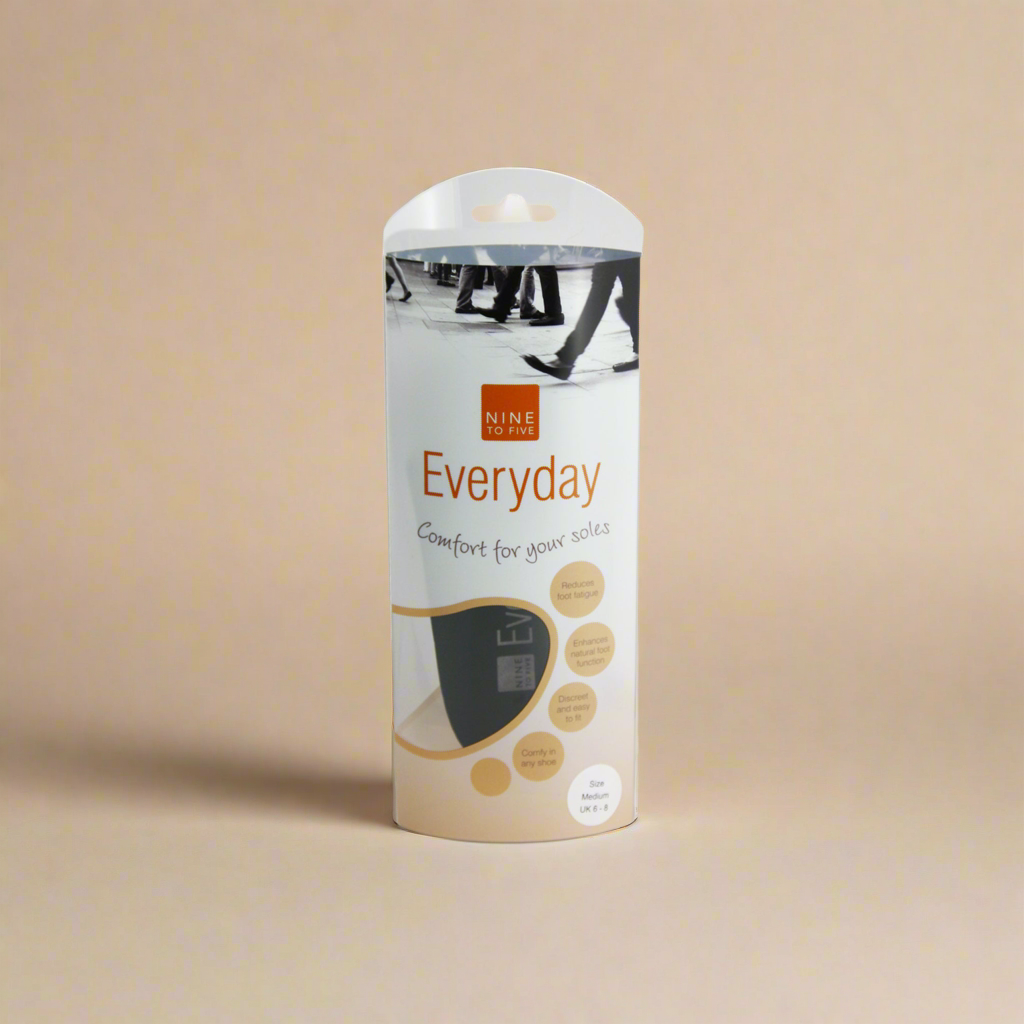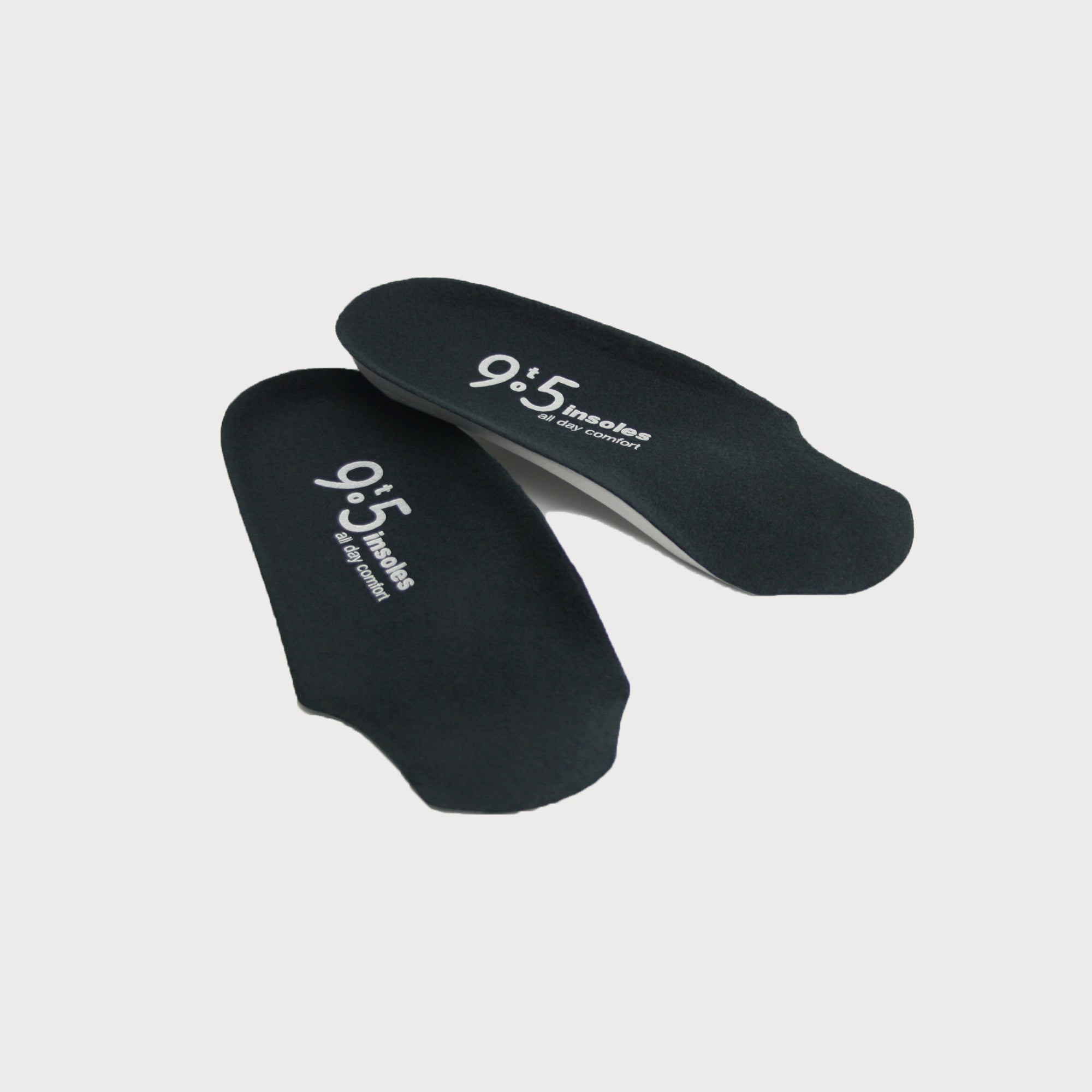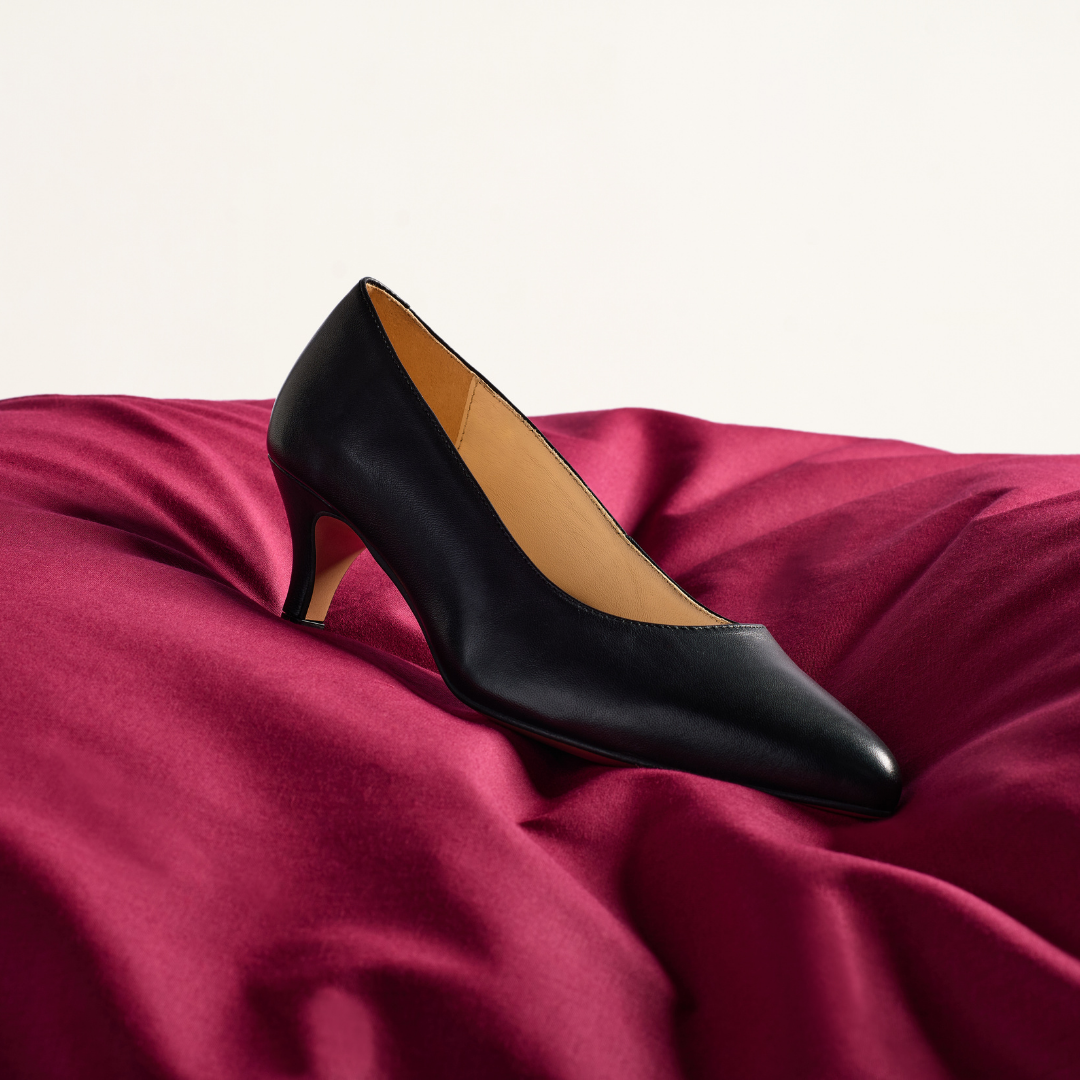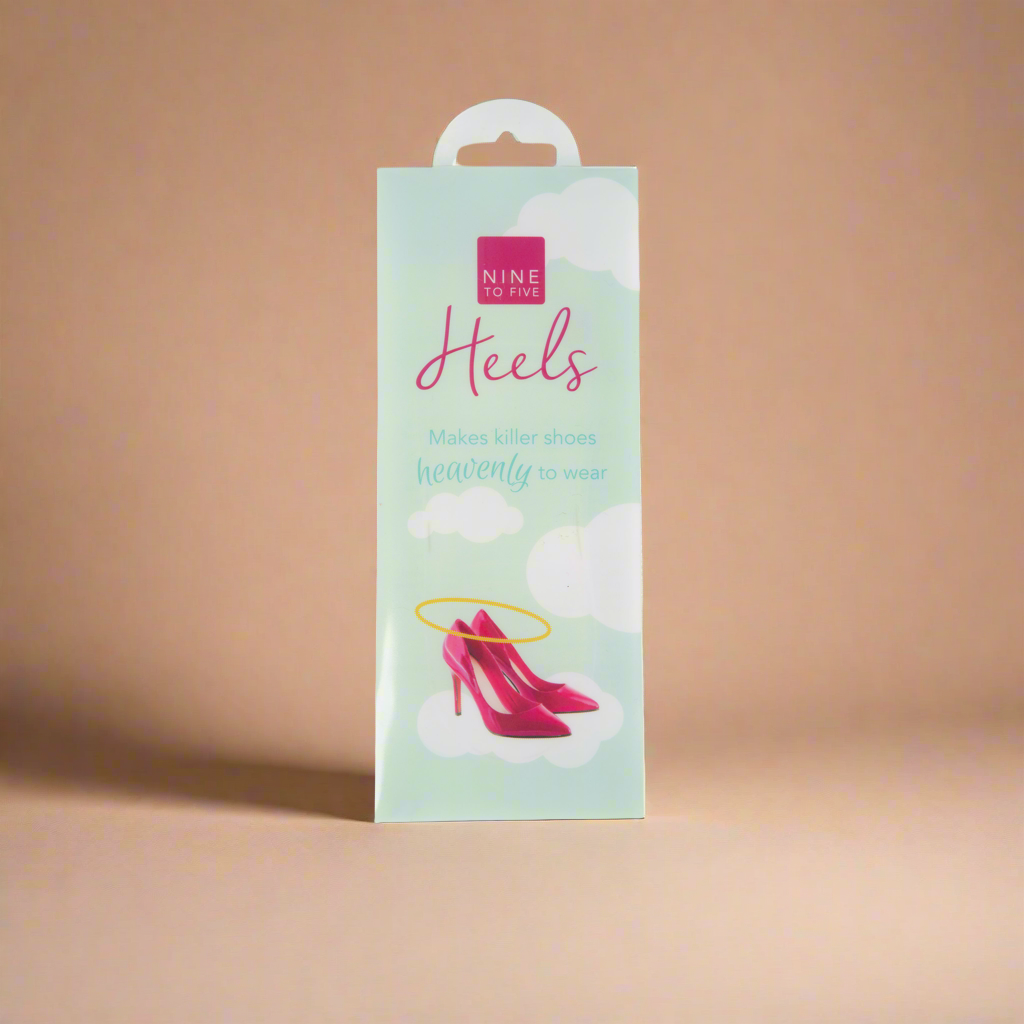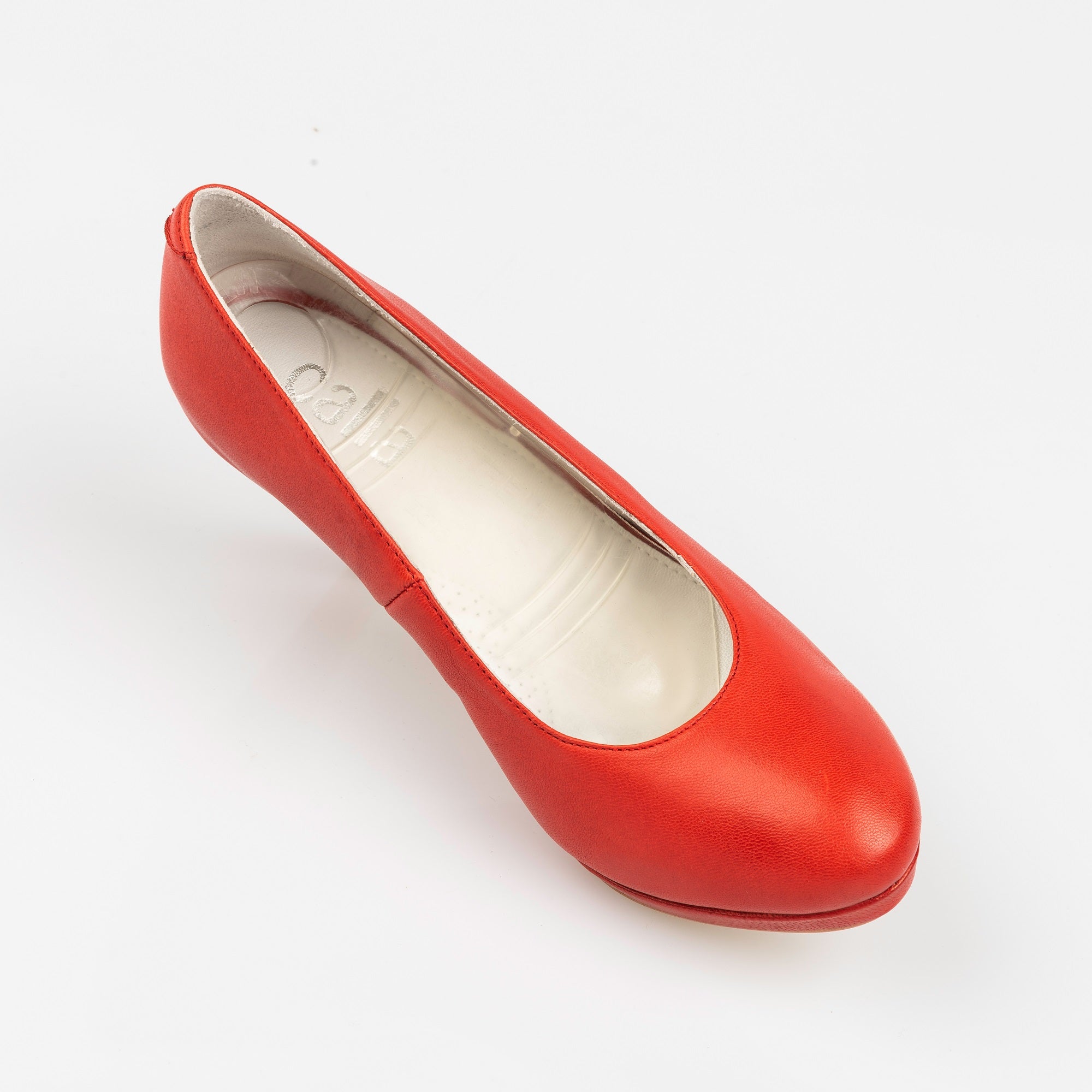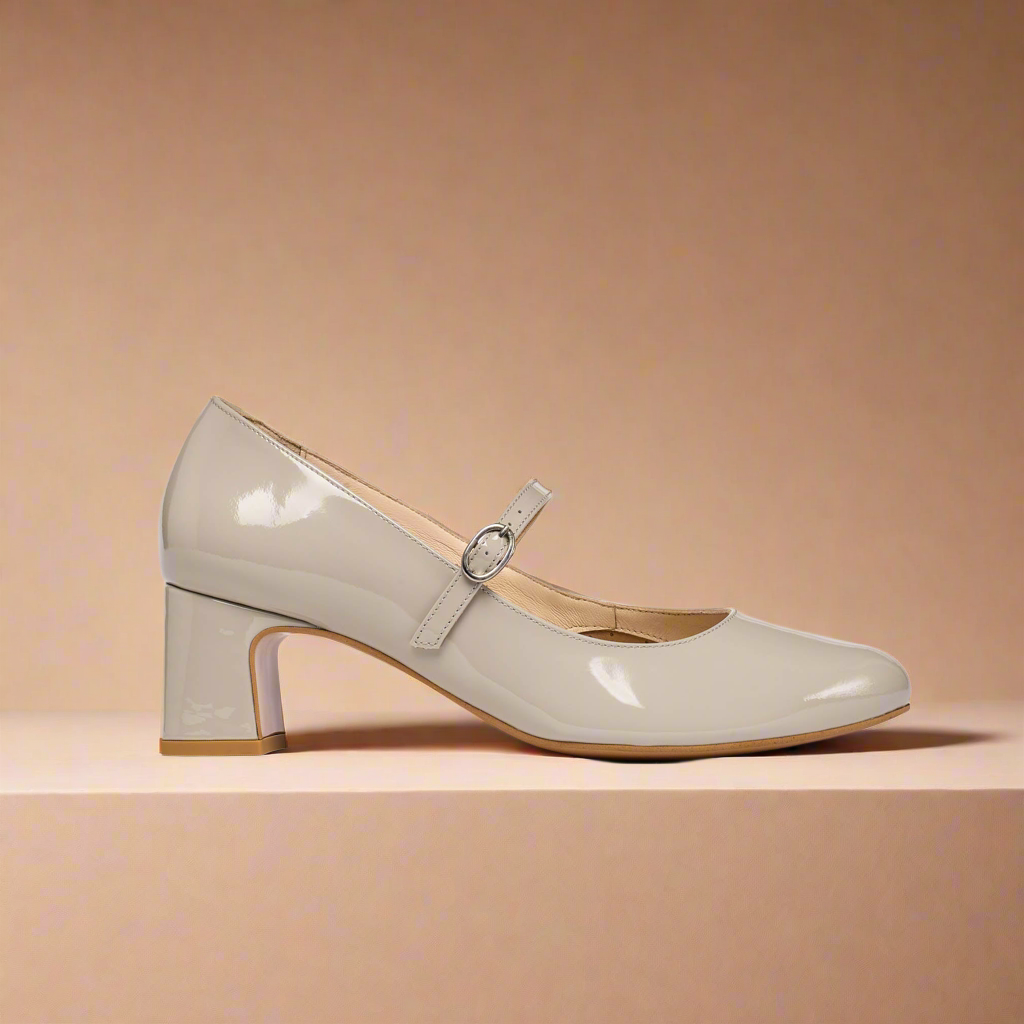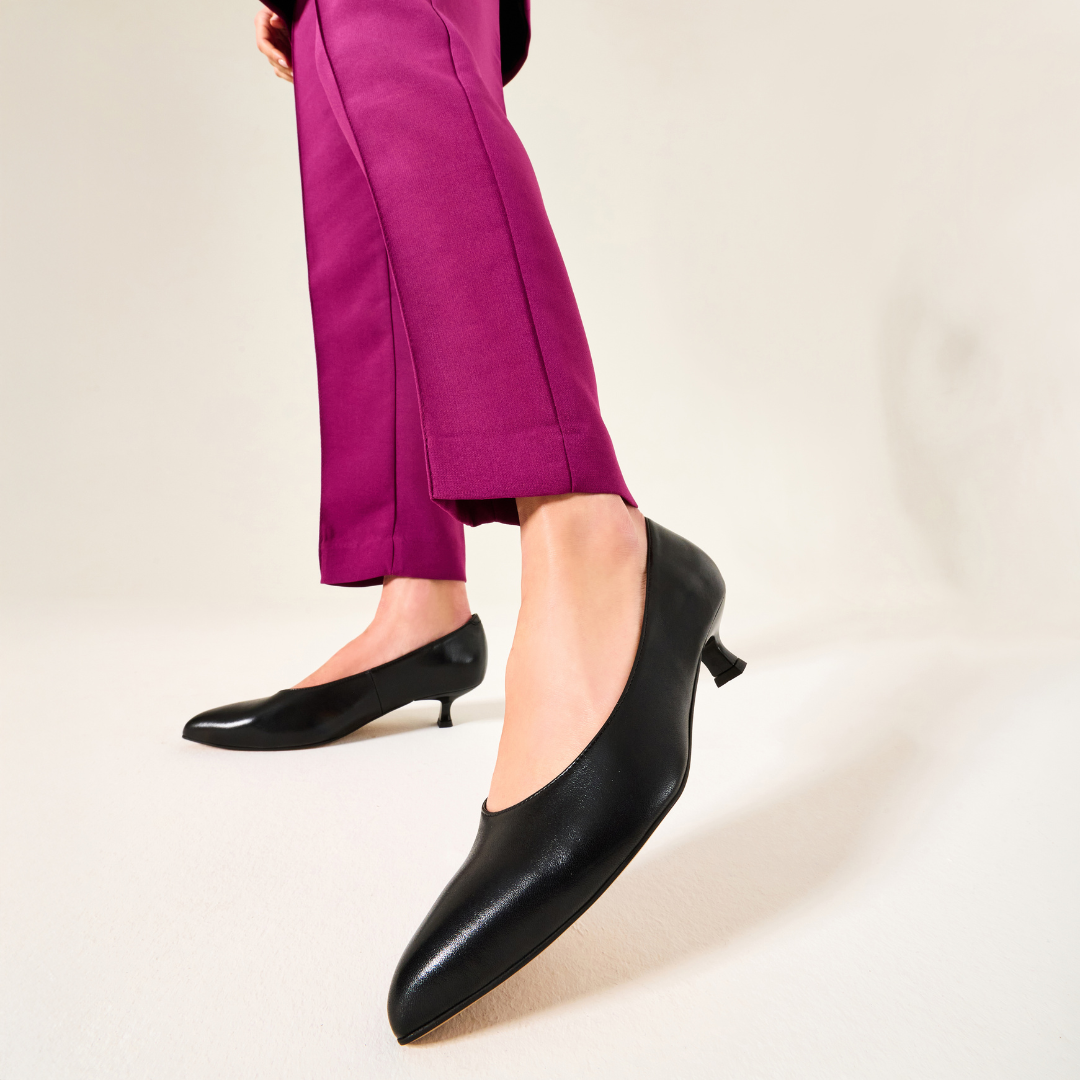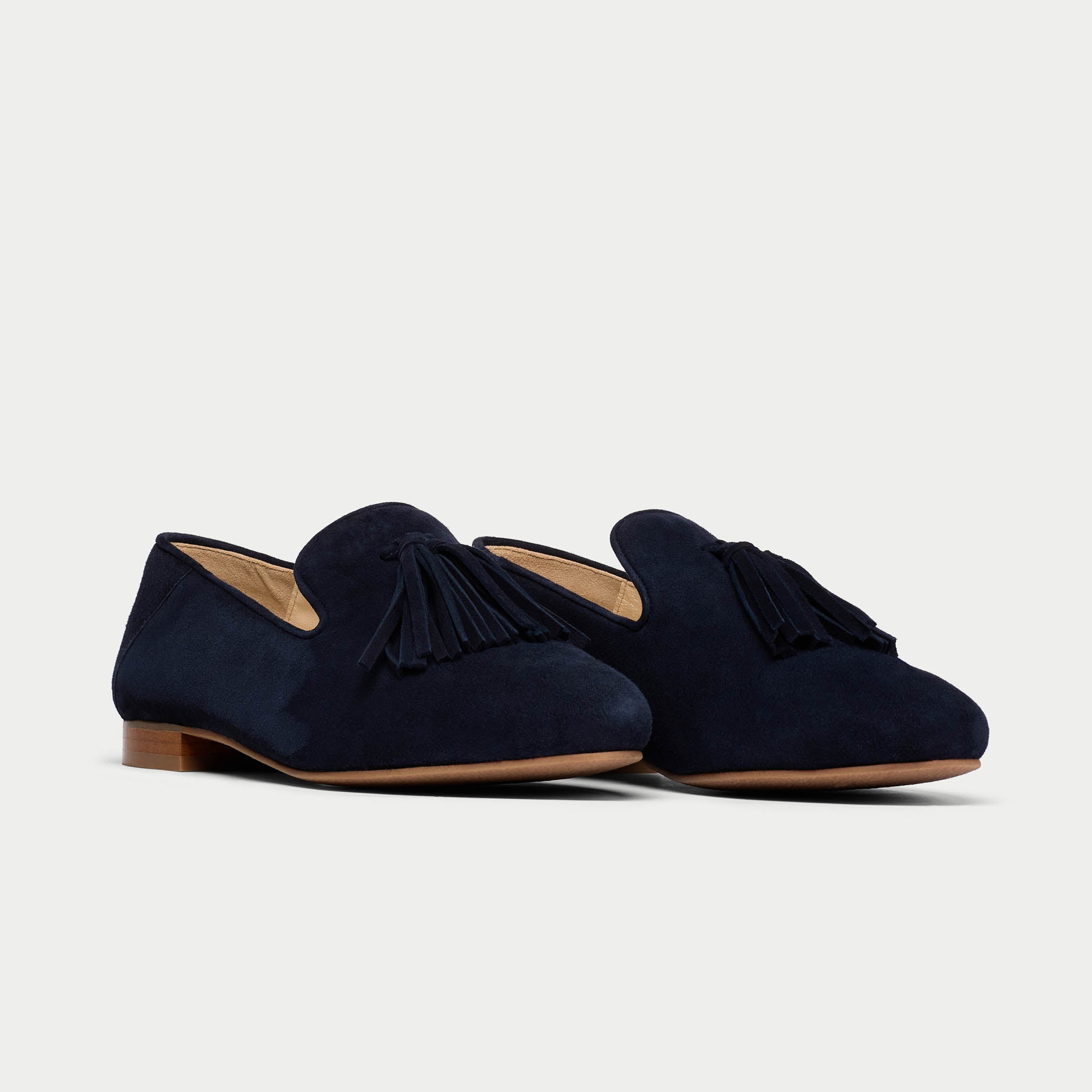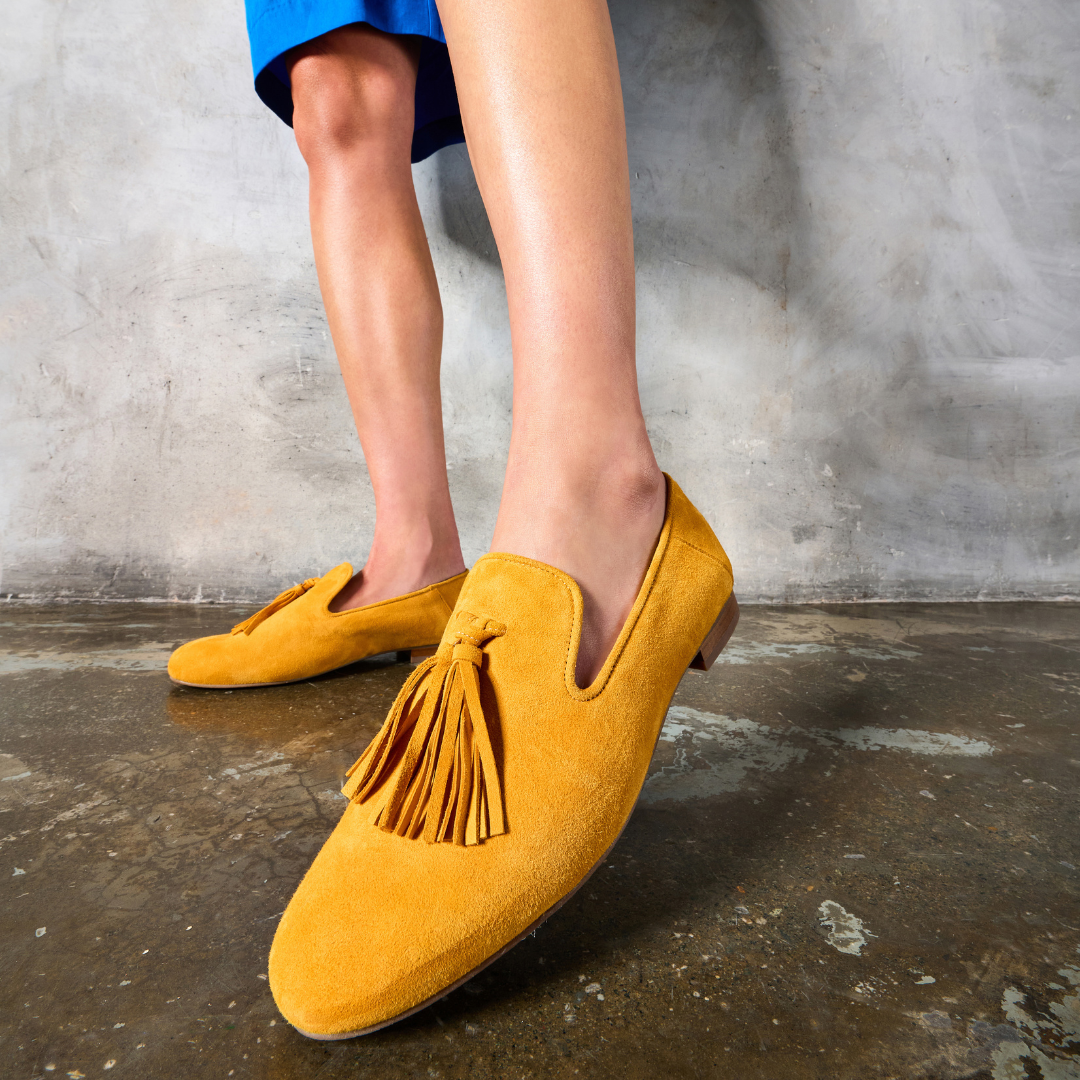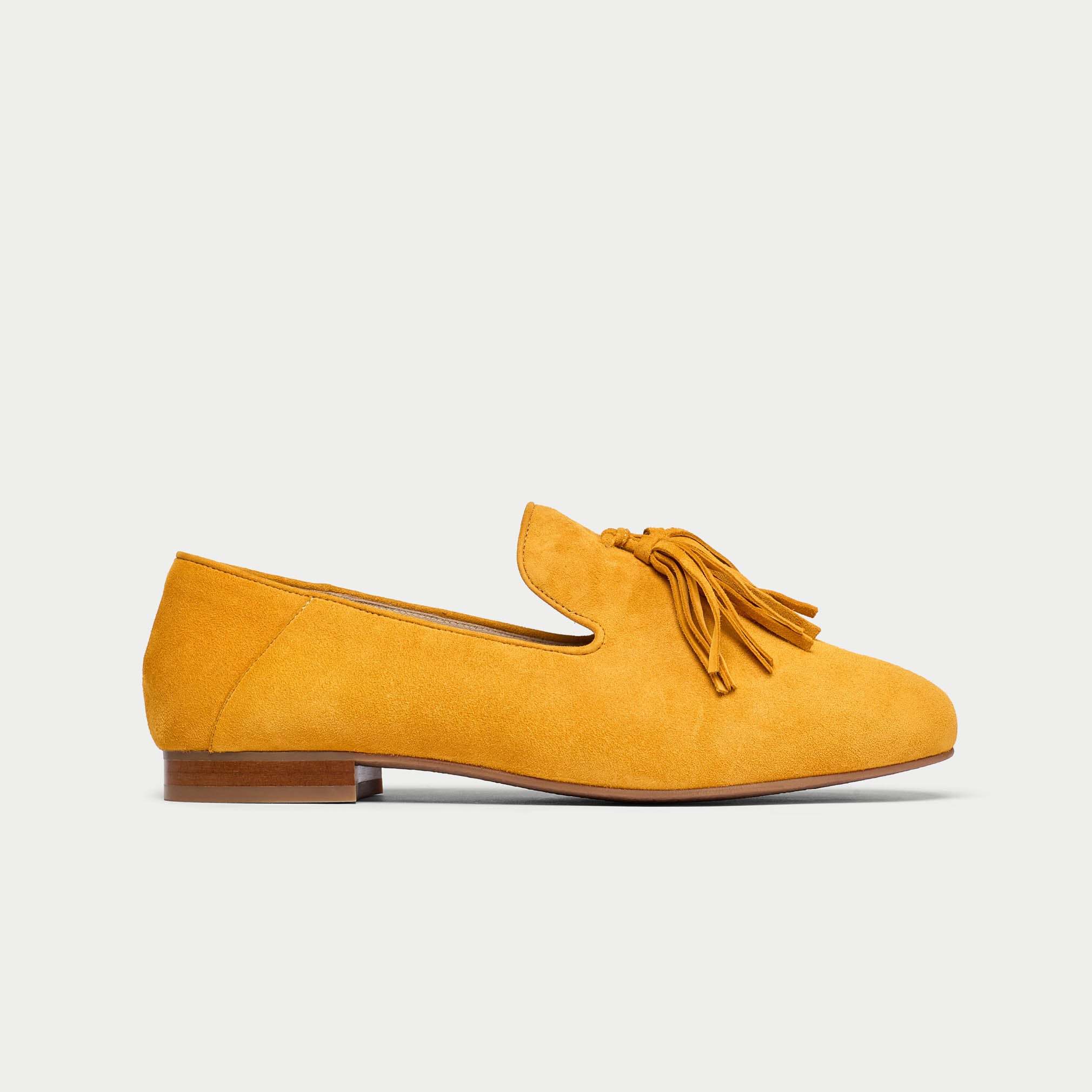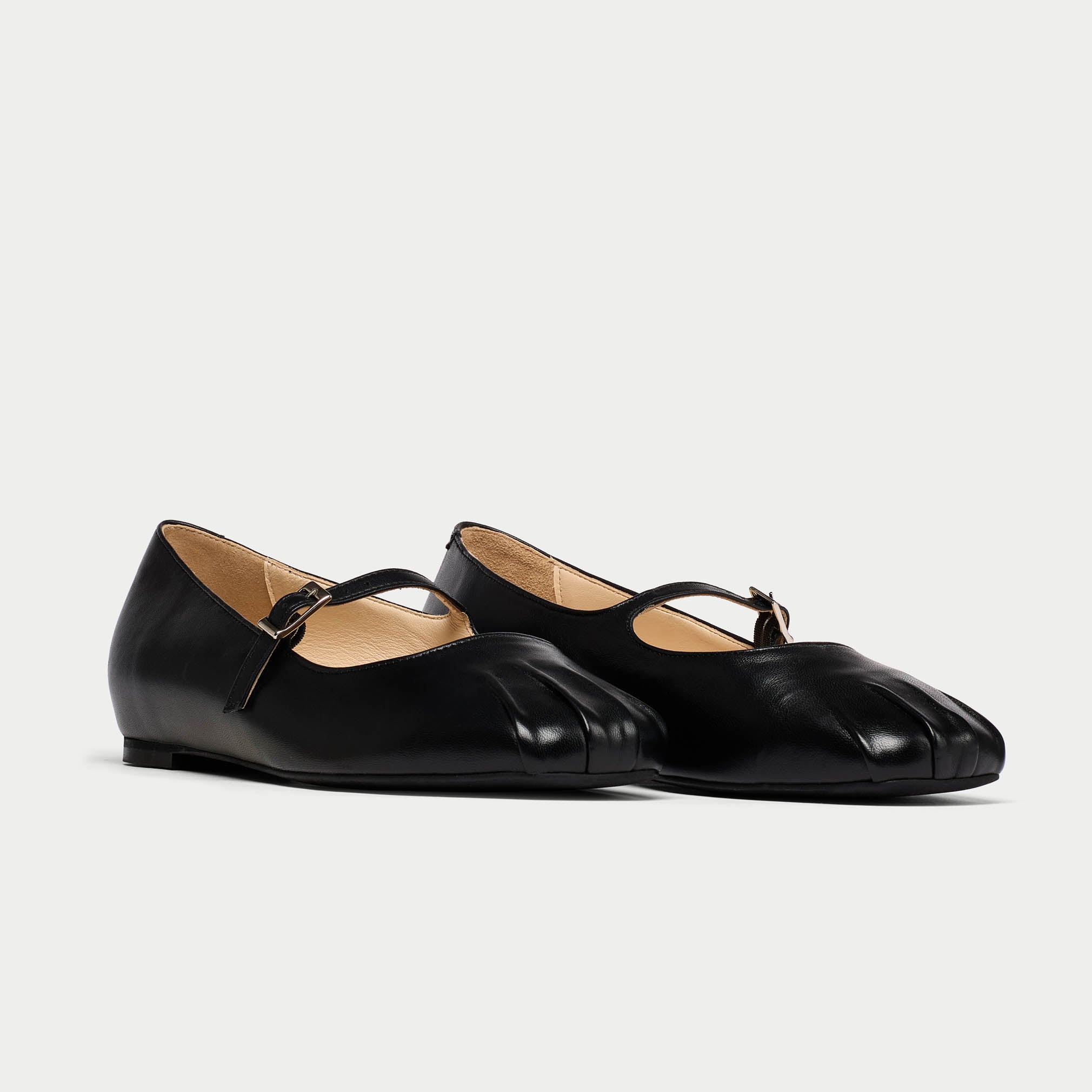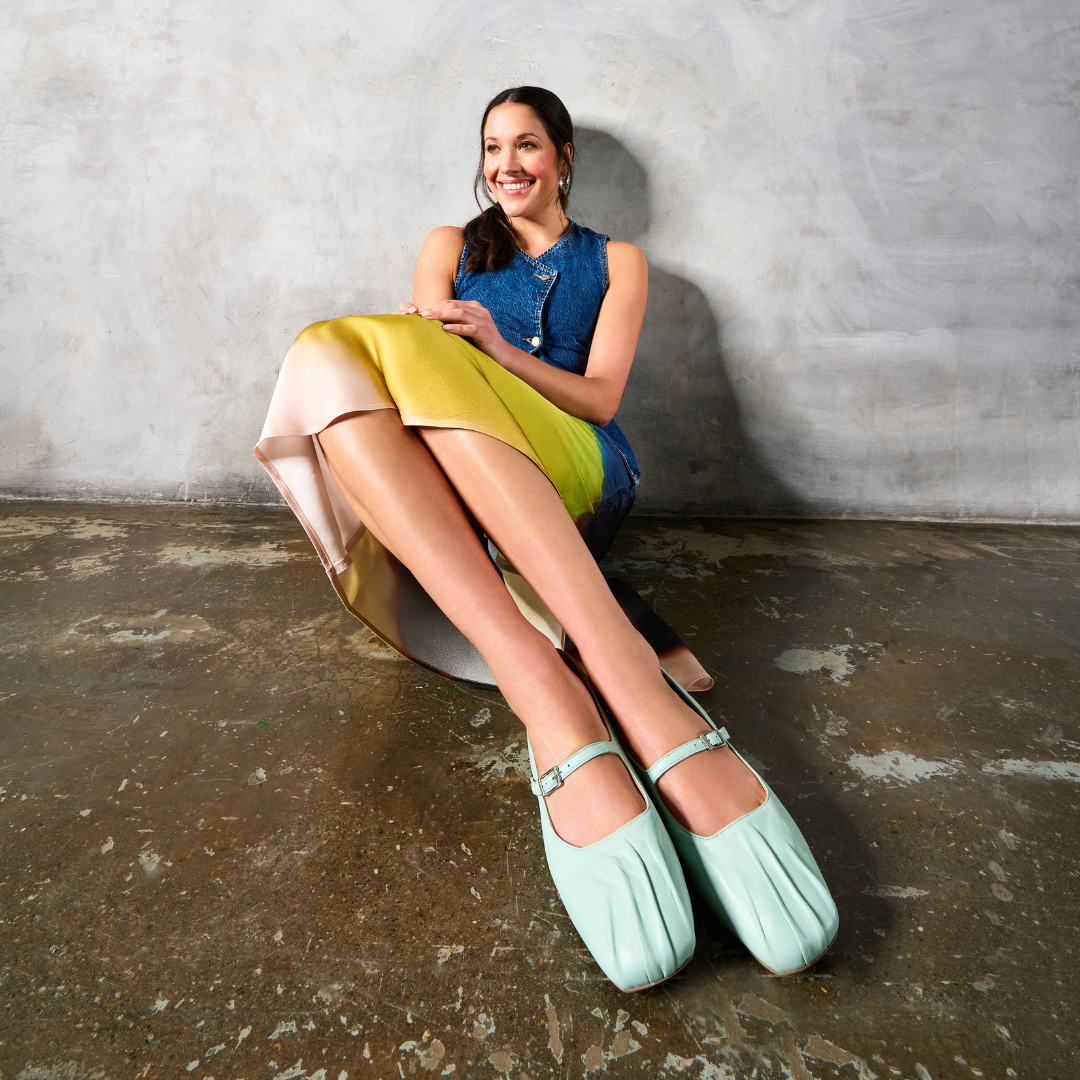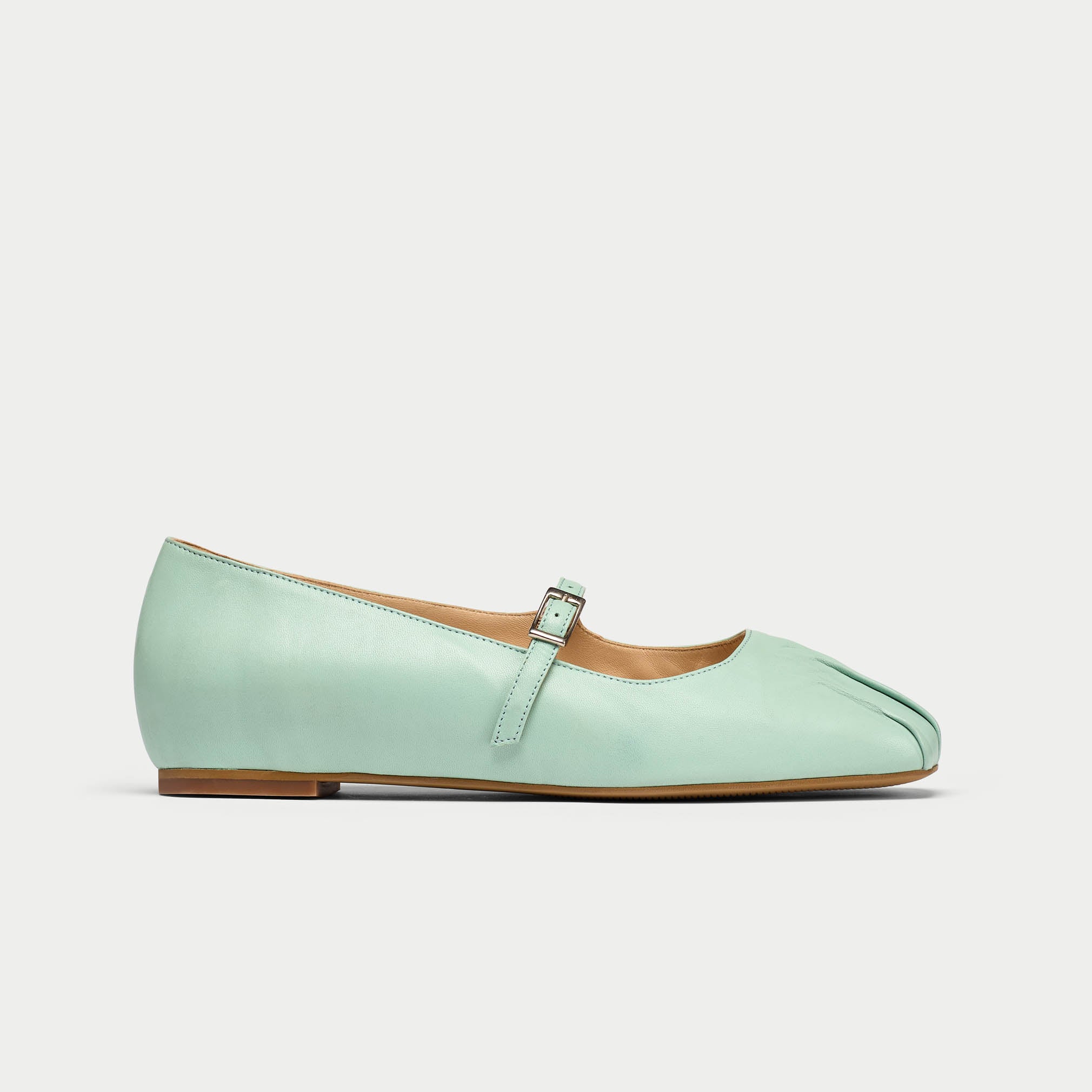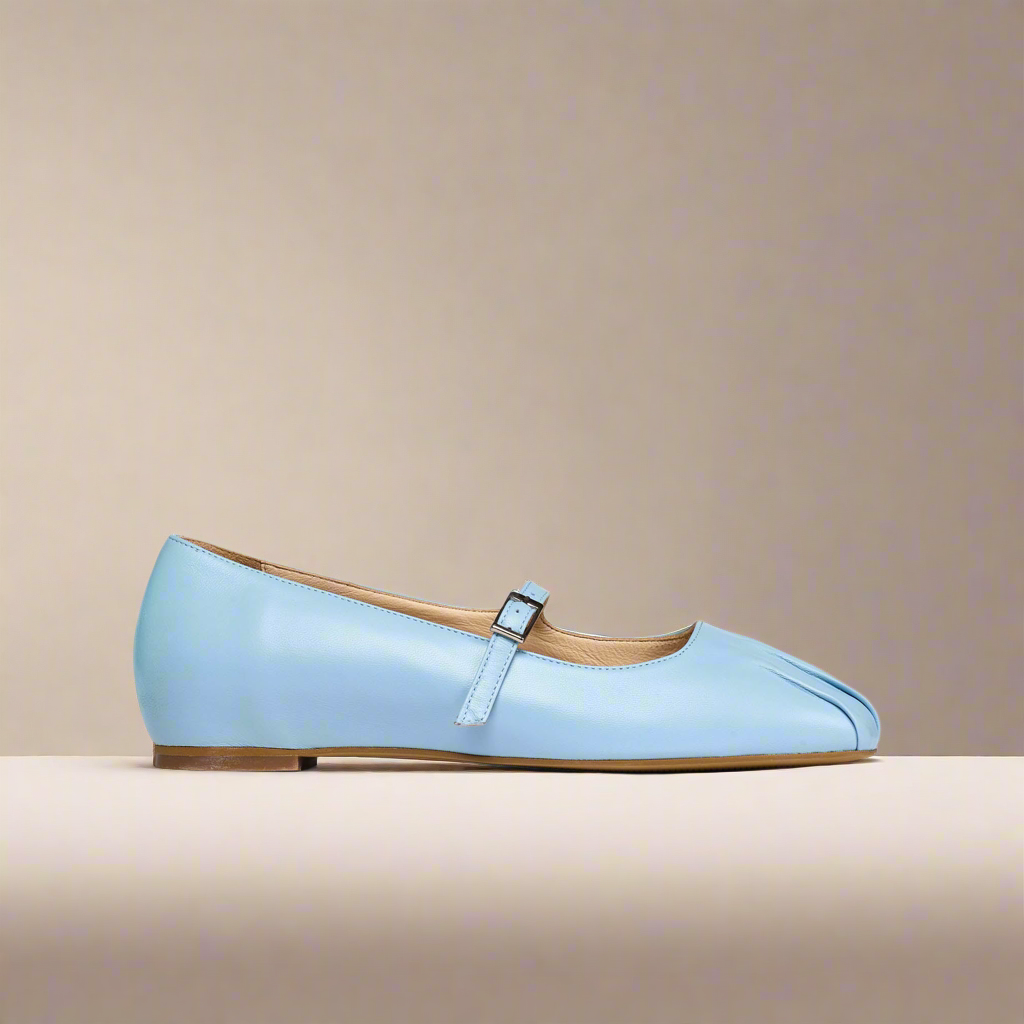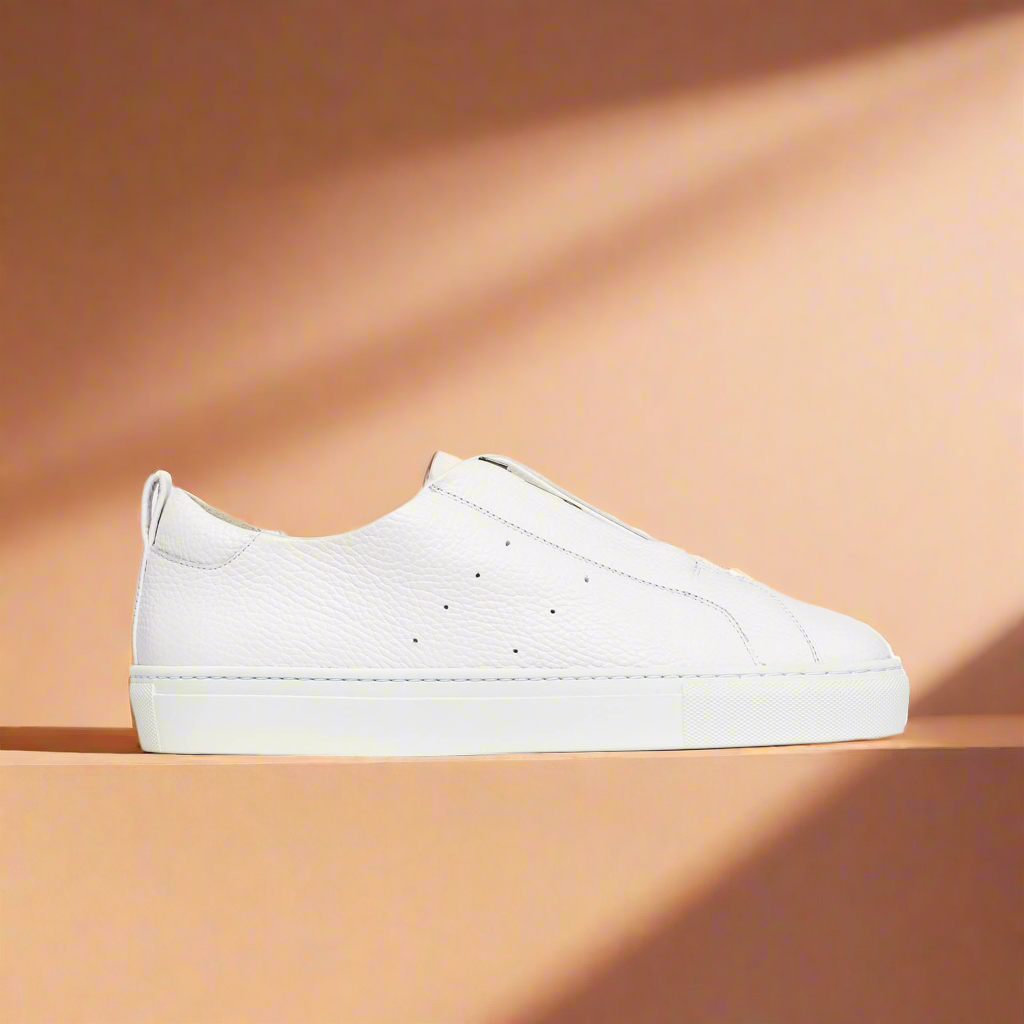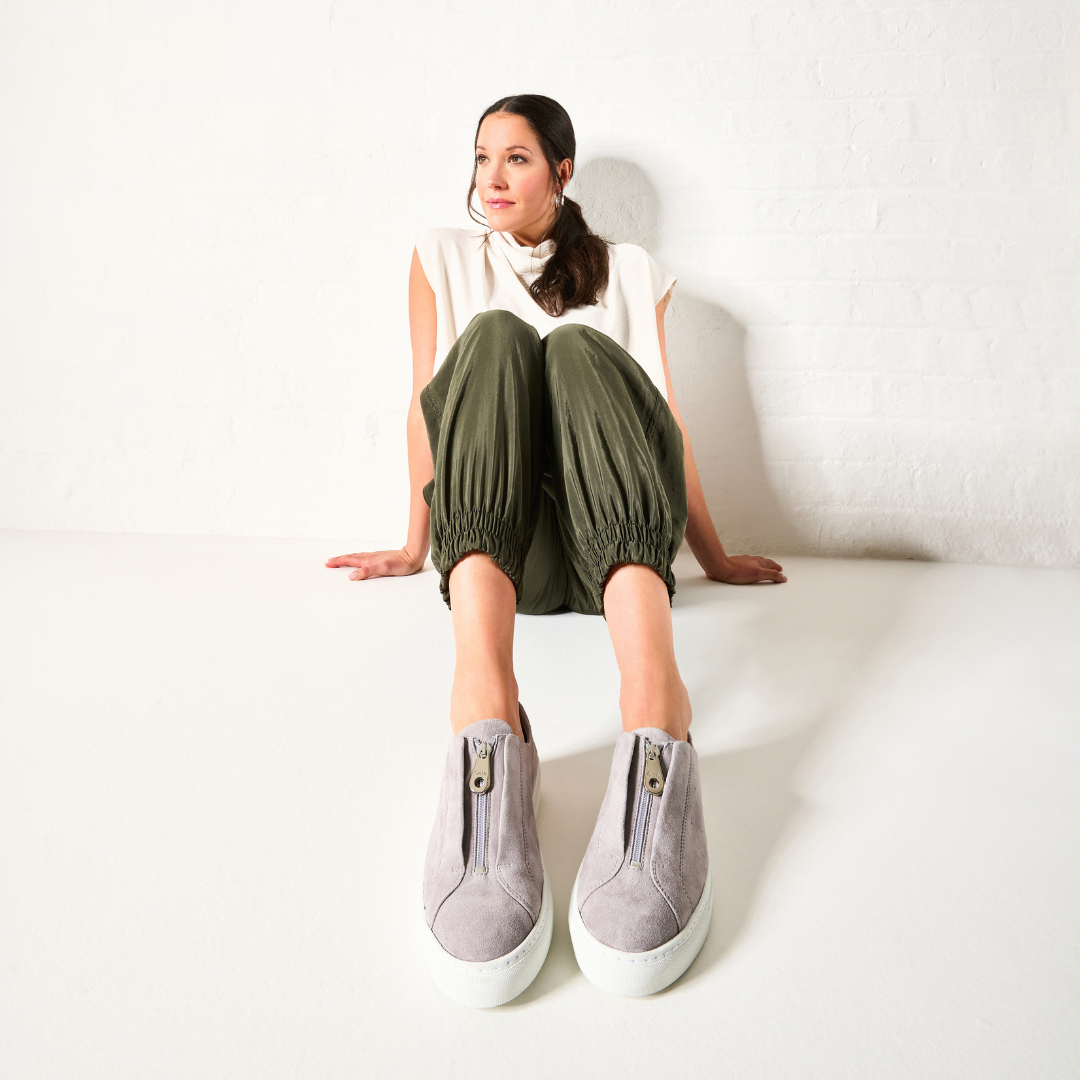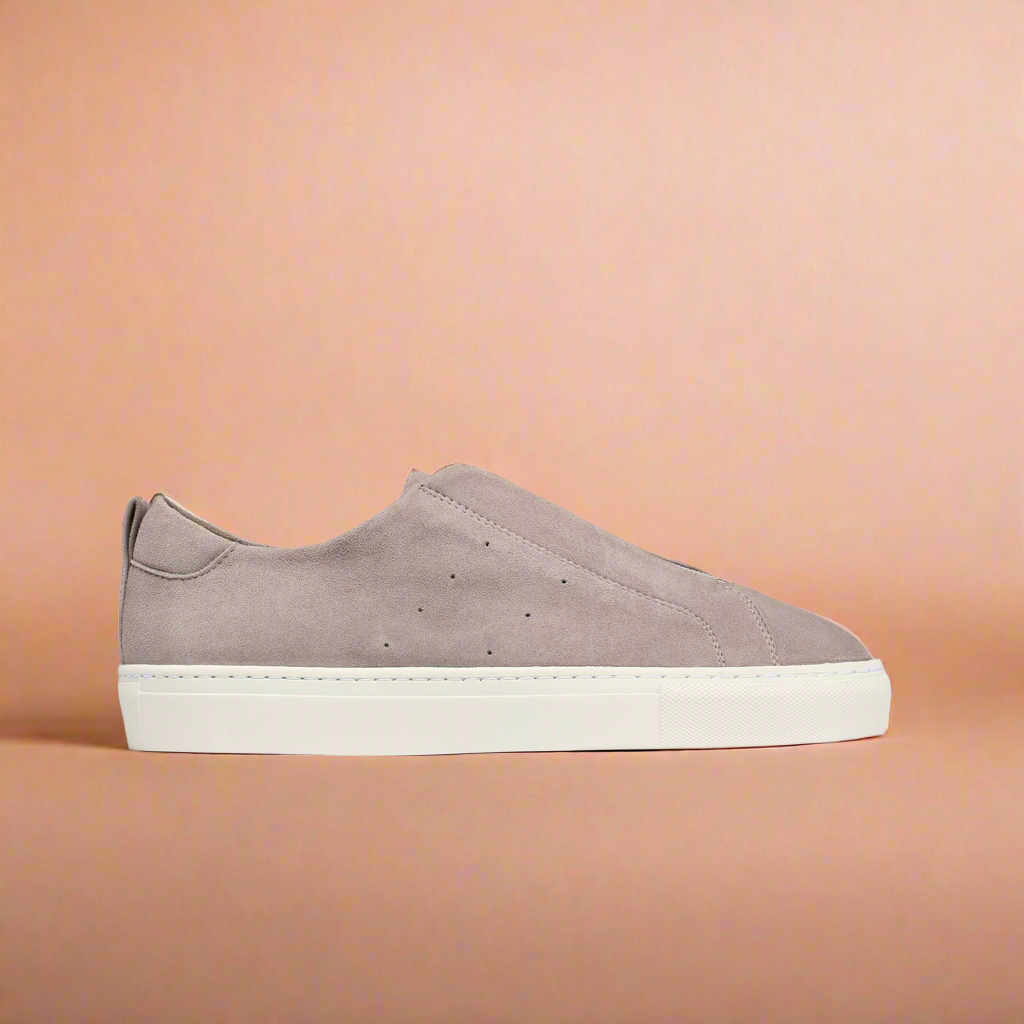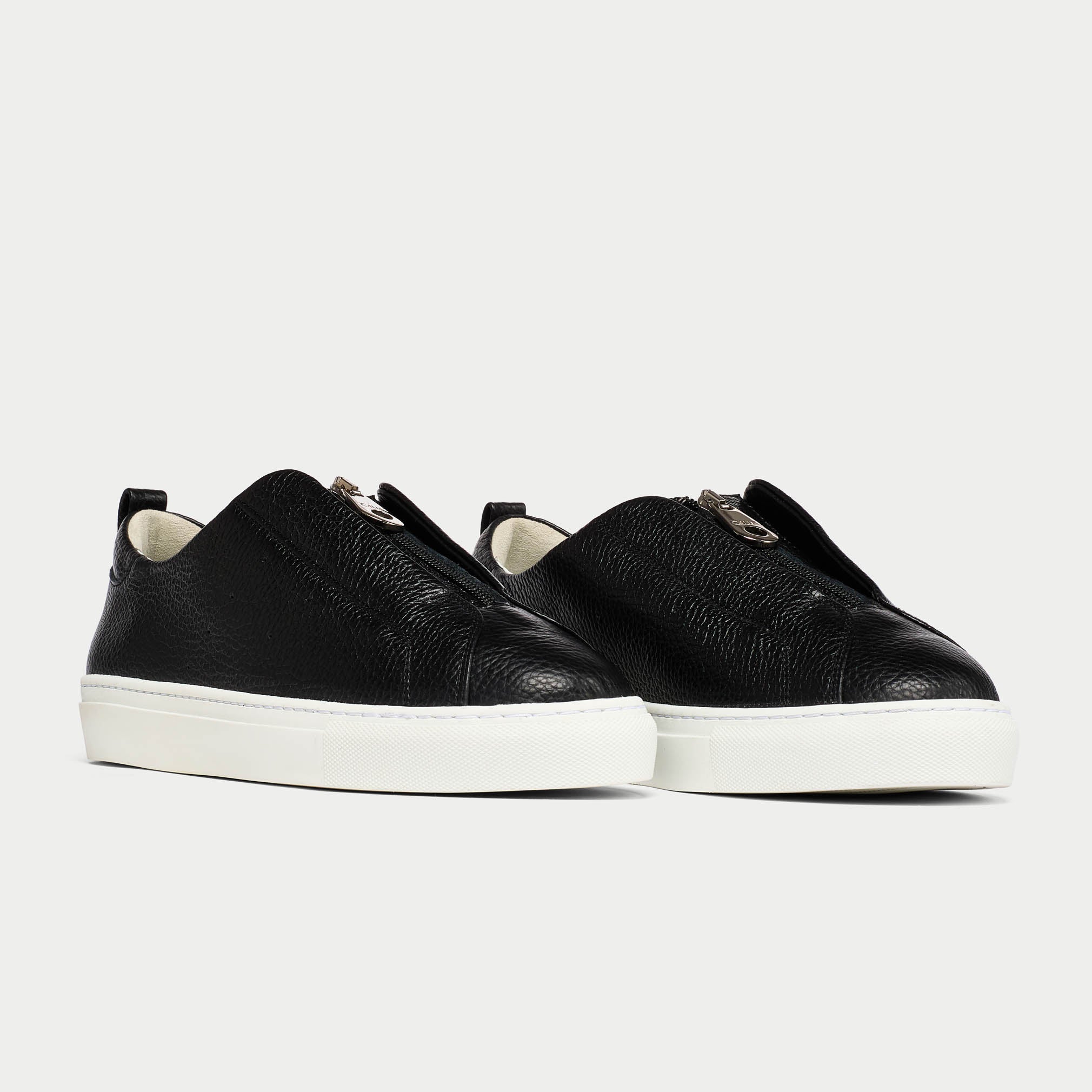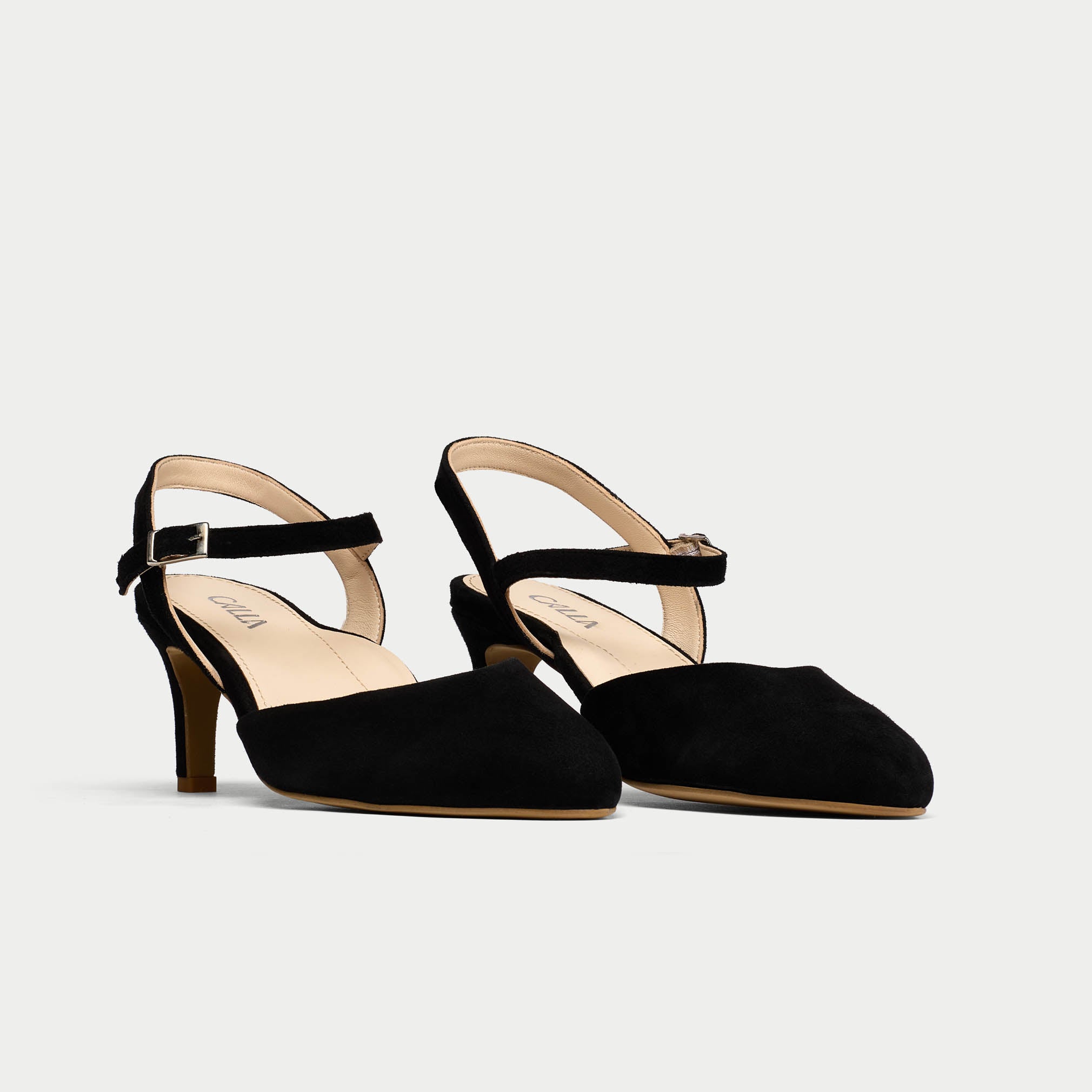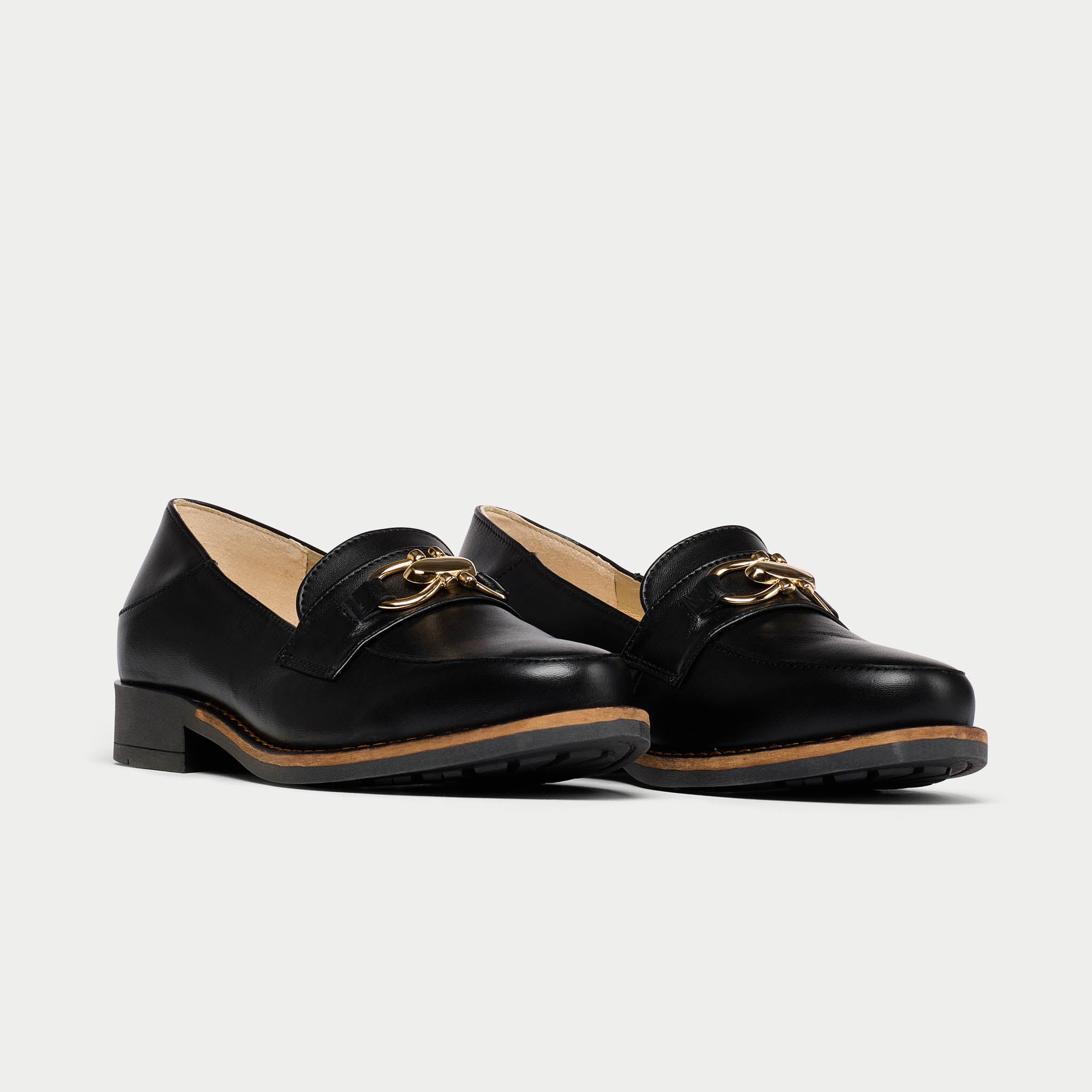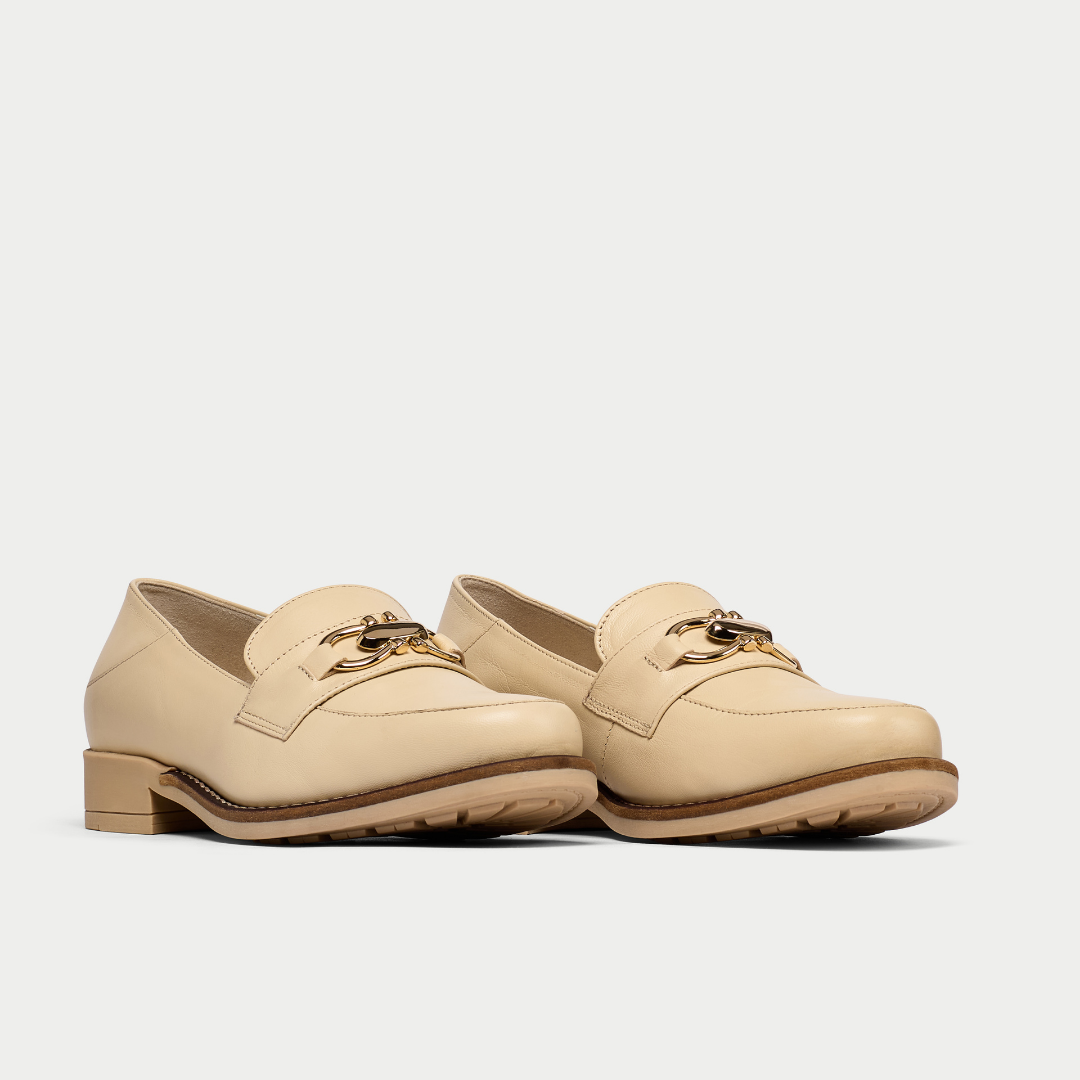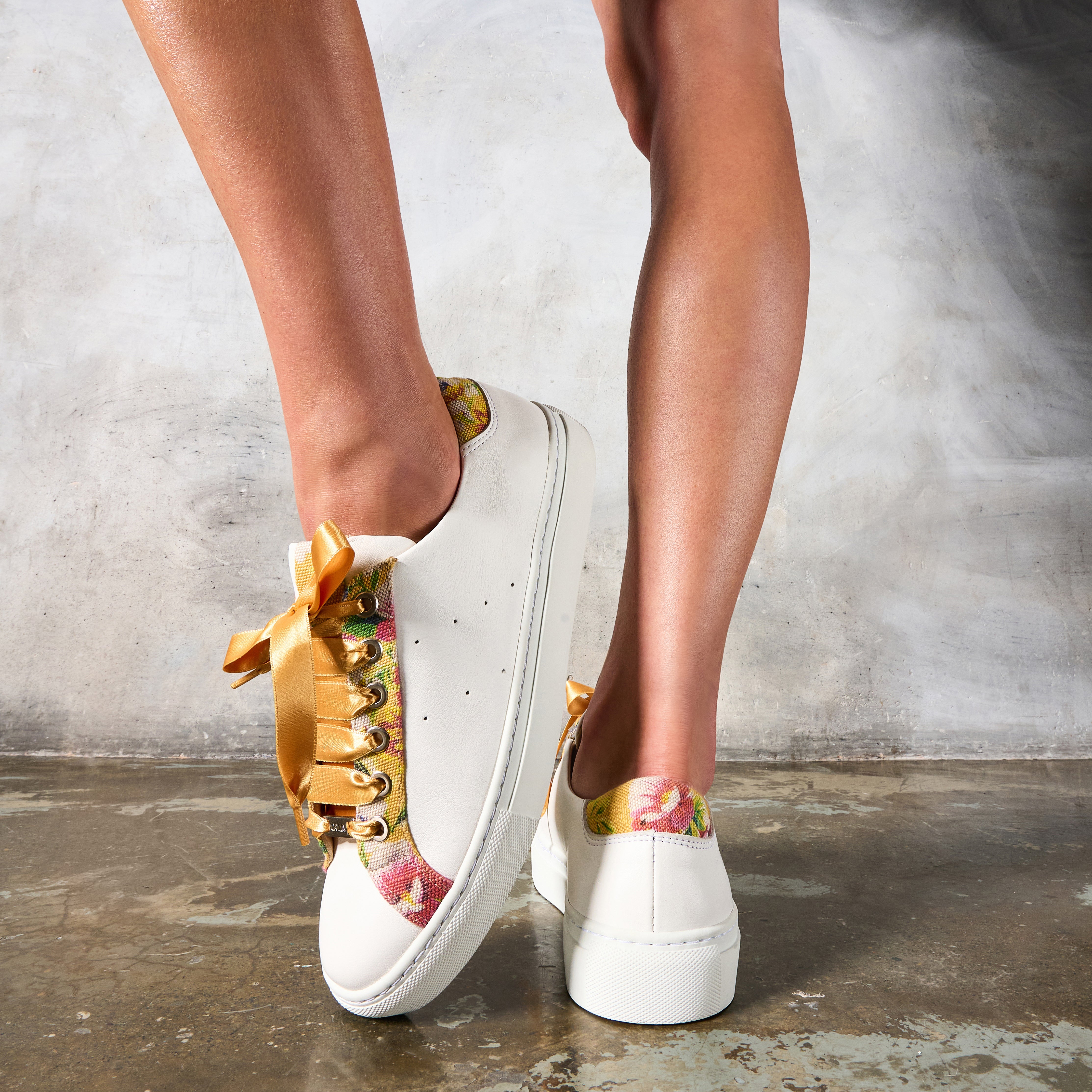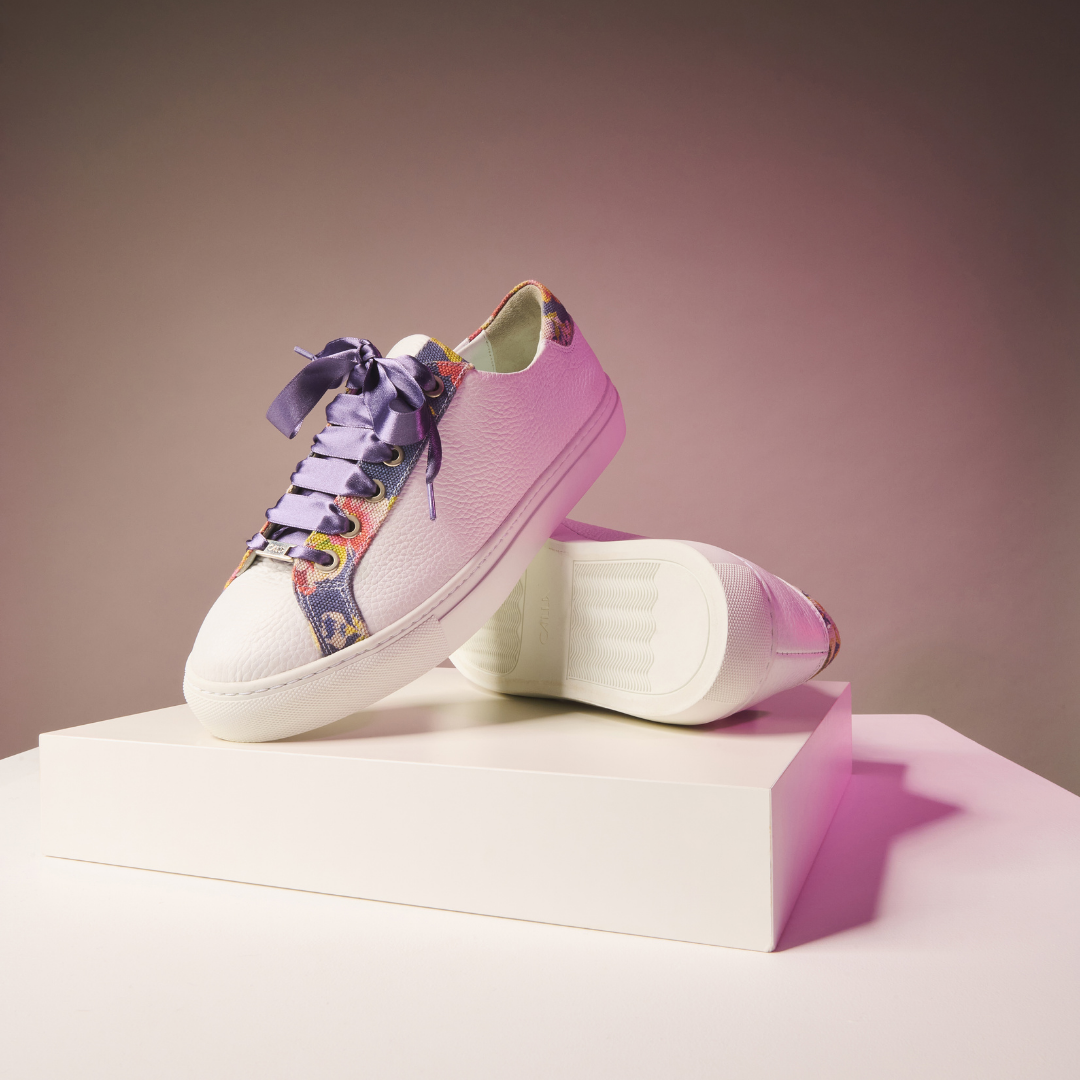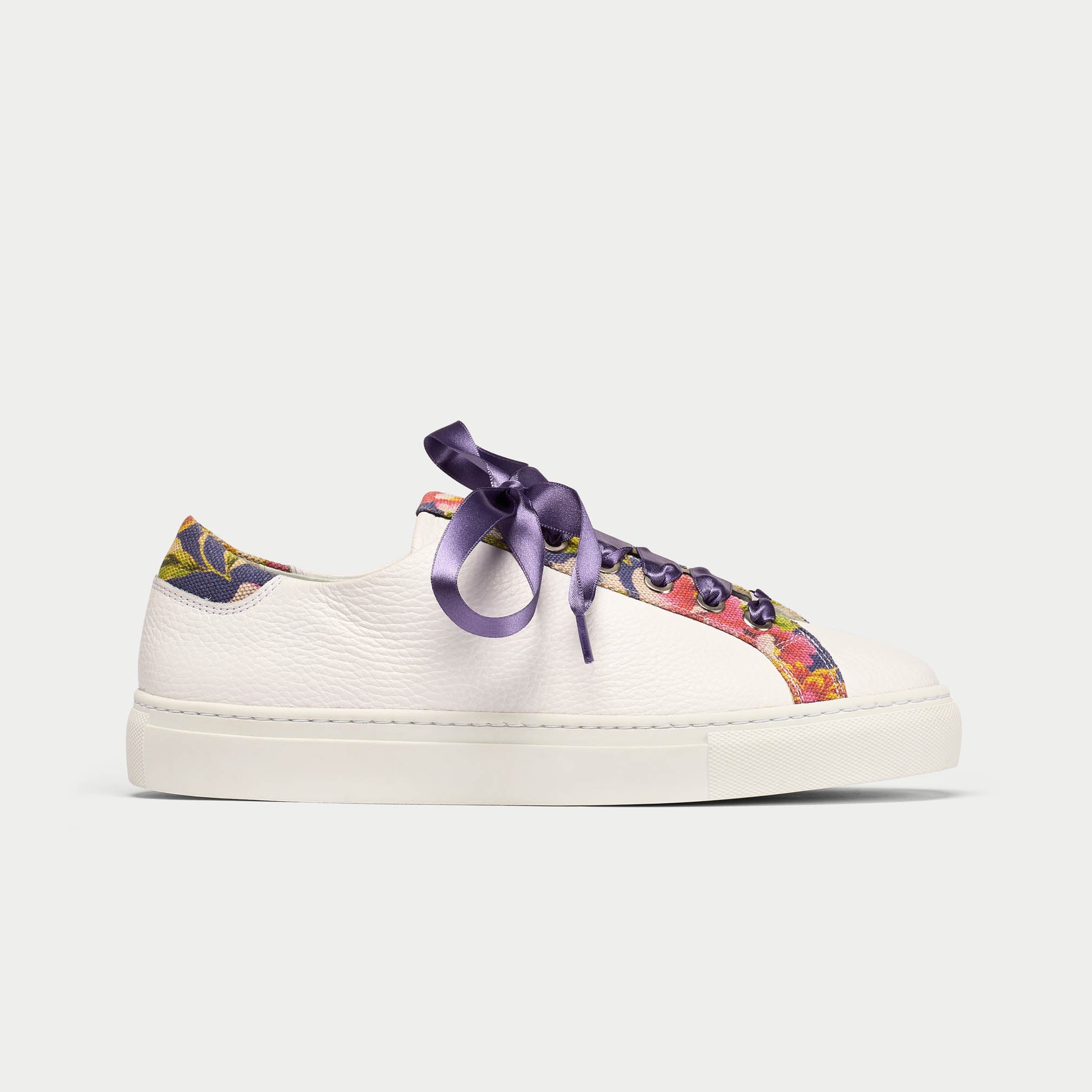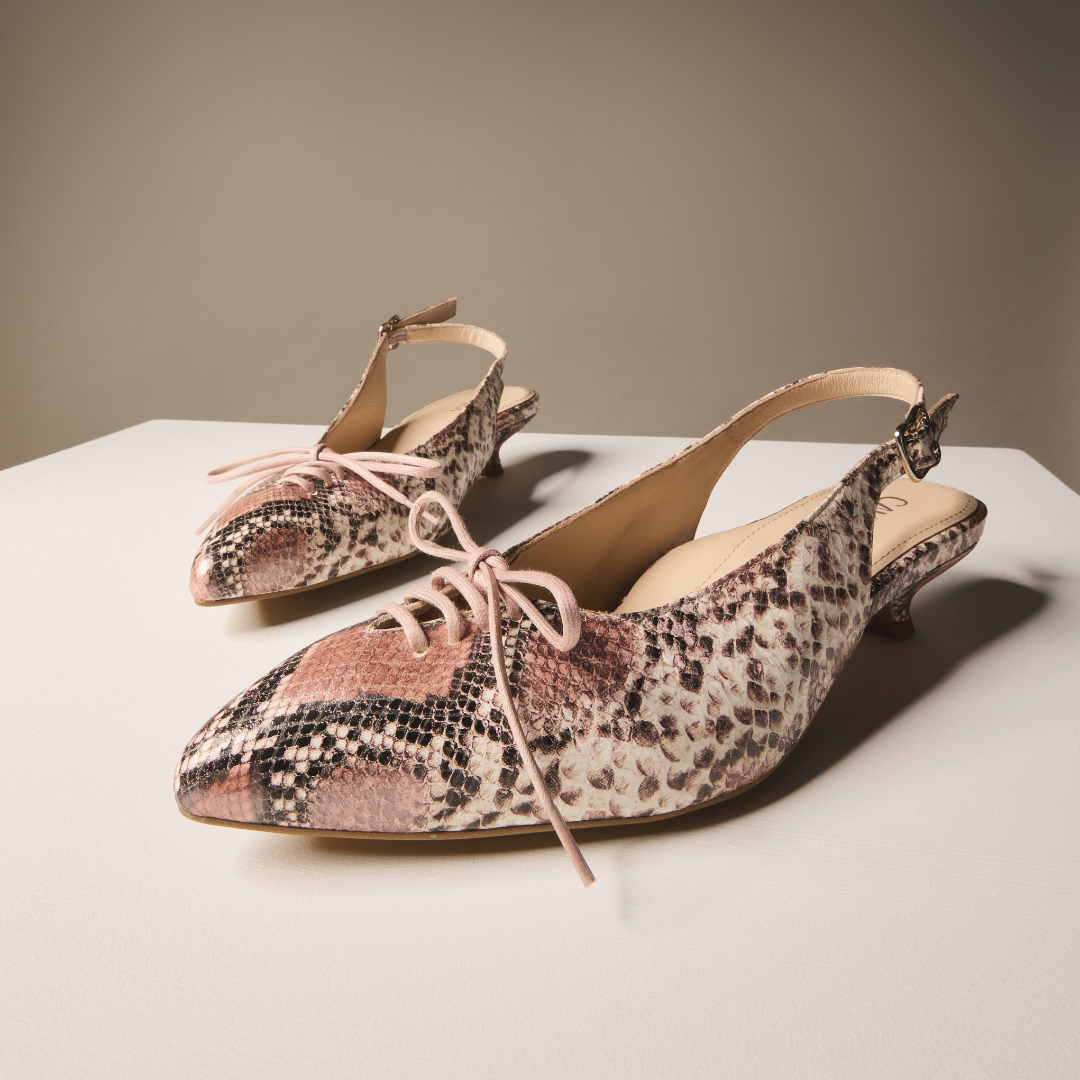Filters
Trudie - Neutral Leather
Trudie - Black Leather
Star - White Grain
Ava - Taupe Suede
Ava - Navy Leather
Nine to Five - Everyday insoles for flats
Ava - Black Leather
Agata - Black Leather
Lucinda - Black Leather
Rebecca - Black Leather
Rebecca - Neutral Leather
Claudia - Navy Leather
Ava - Light Beige Leather
Ava - Black Suede
Sophia - Black Shine Leather
Nine to Five - Weight shifting insoles for heels
Helena - Oyster Patent Leather
Helena - Black Patent Leather
Claudia - Black Leather
Claudia - Light Beige Leather
Sophia - Black Leather
Freya - Deep Navy suede
Freya - Mustard suede
Rosemary - Black Leather
Rosemary - Pink Leather
Rosemary - Mint Leather
Rosemary - Baby Blue
Estella - White Leather
Estella - Pale Grey Suede
Estella - Black Leather
Patricia - Black Suede
Patricia - Bone Suede
Sophia - Neutral Leather
Meredith - Black leather
Meredith - Neutral leather
Star - Floral Yellow
Star - Floral Dusk
Trudie - Rose Snake
Rosemary - Light Beige
Painful Shoes are a Work Distraction
You know that moment, usually around 3 PM, when your feet are screaming at you for making yet another bad shoe decision?
You’ve shifted weight from foot to foot, slipped them halfway out under the desk, maybe even considered walking barefoot to the printer.
Yeah. We’ve all been there.
Here’s the thing: work shoes shouldn’t feel like a punishment. If you’re spending eight, ten, maybe twelve hours in them, they need to do more than just look good - they need to actually work for your feet. Yet, most people still assume you have to pick one: style or comfort. Victoria Beckham might have mastered teetering around in stilettos for decades, but the rest of us? We need a better plan.
Good news: you don’t have to choose between feeling great and looking polished. You just need to know how to find the right pair - and avoid the ones that will leave you regretting your life choices by lunchtime.
Why Most Stylish Office Shoes Fail (and Why It’s Not Just Your Feet That Suffer)
Most brands act like all feet are shaped the same - narrow, symmetrical, and apparently designed by someone who has never actually worn heels for more than five minutes.
That’s why so many so-called “work-friendly” shoes end up causing:
- Pinched toes: Because the toe box is about as spacious as a sardine tin.
- Painful pressure points: Because weight isn’t properly distributed.
- Blisters and rubbing: Because there’s zero room for natural movement.
Now, if this were just about minor discomfort, you could grit your teeth and deal with it. But it’s not. Wearing shoes that don’t fit properly throws your entire body out of alignment - and that’s when the real problems start.
The Domino Effect: How One Bad Shoe Choice Wrecks Everything Else
If your toes are crammed into a narrow space all day, it messes with the way your weight is distributed. And that’s not just a foot problem - it’s a whole-body problem.
- Neuromas - Ever felt like there was a pebble stuck under the ball of your foot? That’s probably a Morton’s neuroma, caused by constant nerve compression. Research shows that tight, high-heeled shoes increase neuroma risk by up to 70% (source).
- Bunions - About 88% of women wear shoes that are too narrow (source), and roughly 1 in 5 have a bunion (source) - (You think that’s a coincidence? It’s not.)
- Knee and hip pain - Shoes that don’t support natural alignment make your joints overcompensate, which is why your lower back also starts hurting by the end of the day.
If your first thought when you get home is, “I need to take these off immediately,” your formal shoes are failing you.
What to Look for: The 3 Non-Negotiables of a Comfortable, Standing All Day, Supportive Shoe
You don’t need a PhD in podiatry to find a great pair for the office - you just need to know what actually makes a difference.
1. The Right Shape: More Room Without Looking Clunky
You want space for your toes to move, but you don’t want your shoes to look like they belong to a cartoon character. Balance is key.
Key features to check:
- Toe box width of at least 9.5 cm (any less, and you’ll feel it)
- A slightly deeper vamp (5–6 cm) to stop feet from spilling over the sides
- Midfoot support to keep everything in place without squeezing
Quick Fit Test: Put the shoes on at the end of the day (when your feet are naturally swollen) and press on the sides of the toe box. If the material barely moves, you’re in for a painful ride. If your toes can’t wiggle at all, expect regrets by noon. A wide fit stops your feet feeling cramped.
Breaking-in should mean “getting even comfier,” not “enduring pain until they fit.”
Calla ladies shoes and boots are ideal for the whole working day, whether for standing all day in retail or marching between meetings in the office. Smart and comfy shoes you can rely on.
2. Support That Works With Your Feet, Not Against Them
If your shoes aren’t actively supporting your foot’s natural structure, guess what? Your muscles have to do all the work. That’s why so many people hit lunchtime feeling like they’ve run a marathon.
Look for:
- Arch support with at least a 2.5 cm lift (your arches will thank you)
- Shock-absorbing midsoles made from EVA or polyurethane (cuts impact force by up to 50%)
- A firm heel counter (2 mm thick) to stop your ankle from wobbling like Bambi on ice
Not sure if your current pair has enough support? If your feet ache by midday but feel fine when barefoot, they don’t.
3. A Trendy Heel Height That Keeps You Balanced
You don’t have to ditch fashionable heels completely - you just need the right height.
- Best range: 1.5–2.5 inches (3.8–6.4 cm) - Anything taller, and your toes start doing all the work.
- Block heels (ideal at 2 inches / 5 cm) - More surface area = more stability.
- Cushioned insoles with 40-50 Shore A foam density or memory foam - Reduces pressure points without making the shoe too soft.
If you have to adjust your posture just to stay balanced in your shoes, they’re working against you - not with you.
Colour Counts Too - Here's What Works (and Why It Matters)
You might think colour’s just a style choice, but it’s also about versatility. Pick right, and you’ll wear them constantly. Pick wrong, and they’ll collect dust in your wardrobe while you keep going back to that one pair that “goes with everything.” (We all have one.)
Here’s a quick cheat sheet to help you get it right:
-
Black - Matches tailored suits, pencil skirts, and pretty much any smart-casual combo. It’s the safest choice for formal workplaces and hides scuffs well (bonus: always looks polished, even when you’re not feeling it). Black leather is the smartest choice you can make.
-
Nude/Beige - Perfect for dresses, lighter suits, or when you're trying to create a longer leg line (great with ankle grazers or midi skirts). Ideal for spring/summer wardrobes and blends into most colour palettes without clashing.
- Tan - a great semi-formal colour that's more interesting than black. Good to pair with natural tones.
-
Navy - Great with greys, whites, and muted tones. A solid alternative to black that still feels professional but slightly softer. Works particularly well with pinstripe or checked suits.
-
Burgundy/Wine - Ideal for autumn outfits, camel coats, or navy tailoring. It adds personality without screaming for attention. If your office is business-casual, burgundy can be your secret weapon.
-
Taupe/Grey – Best with pastels, cool-toned neutrals, or monochrome outfits. Understated but elegant, especially with shift dresses or soft knits. Also hides wear better than white or cream.
Quick tip: If you're only investing in one pair, make it black or nude - they’ll earn their keep. But if you’re building a little rotation, add a colour that complements your wardrobe’s dominant tones.
Picking the Right Type of Shoe for Your UK Work Day (and Role)
Not every workday looks the same - some involve dashing between meetings, others mean standing for hours, and some... well, some are just survival mode with coffee. So here’s a super-practical cheat sheet to help you match the shoe to the job (literally).
-
Work Heels (1.5–2.5 inches) - Best for office-based roles where you're mostly seated but still want that polished, professional edge. Think client-facing roles, management meetings, or presentations. Heeled shoes are best if your day includes more walking into rooms with purpose than actual walking.
-
Work Flats - Ideal for days when you're constantly on the move. Perfect for teachers, retail professionals, event planners, or anyone who clocks up serious steps. Bonus: no heel clicking echoing through quiet hallways.
-
Work Pumps - Your go-to for formal settings with a dress code that doesn’t mess around (finance, law, executive roles). Go for cushioned insoles and structured uppers to survive boardroom-to-commute days without wincing.
-
Work Trainers - Great for roles that mix casual with active - tech offices, creatives, healthcare admin, or hybrid setups where you’re balancing comfort and presentability. Look for sleek, minimal designs that pass the “would I wear this to lunch with my boss?” test.
-
Loafers & Brogues - Stylish, supportive, and ideal for smart casual workplaces. If you want something you can wear from Monday meetings to Friday pub debriefs without skipping a beat, this is your lane.
Still unsure? Match the shoe to your most demanding task of the day - not just your outfit. Your feet will thank you.
Calla make the best lightweight female office shoes with arch support in the UK, perfect for hard working ladies who stand up all day and commute to work on foot, that still want to look cute when they get to work.

